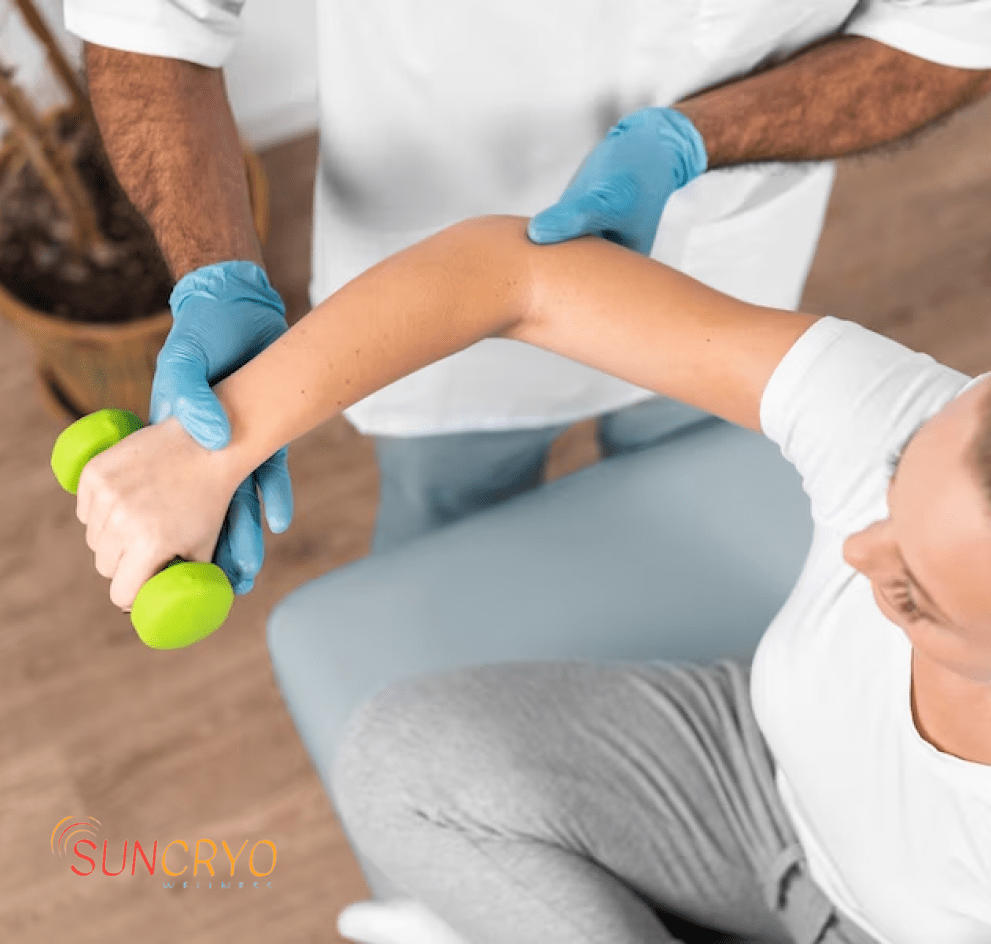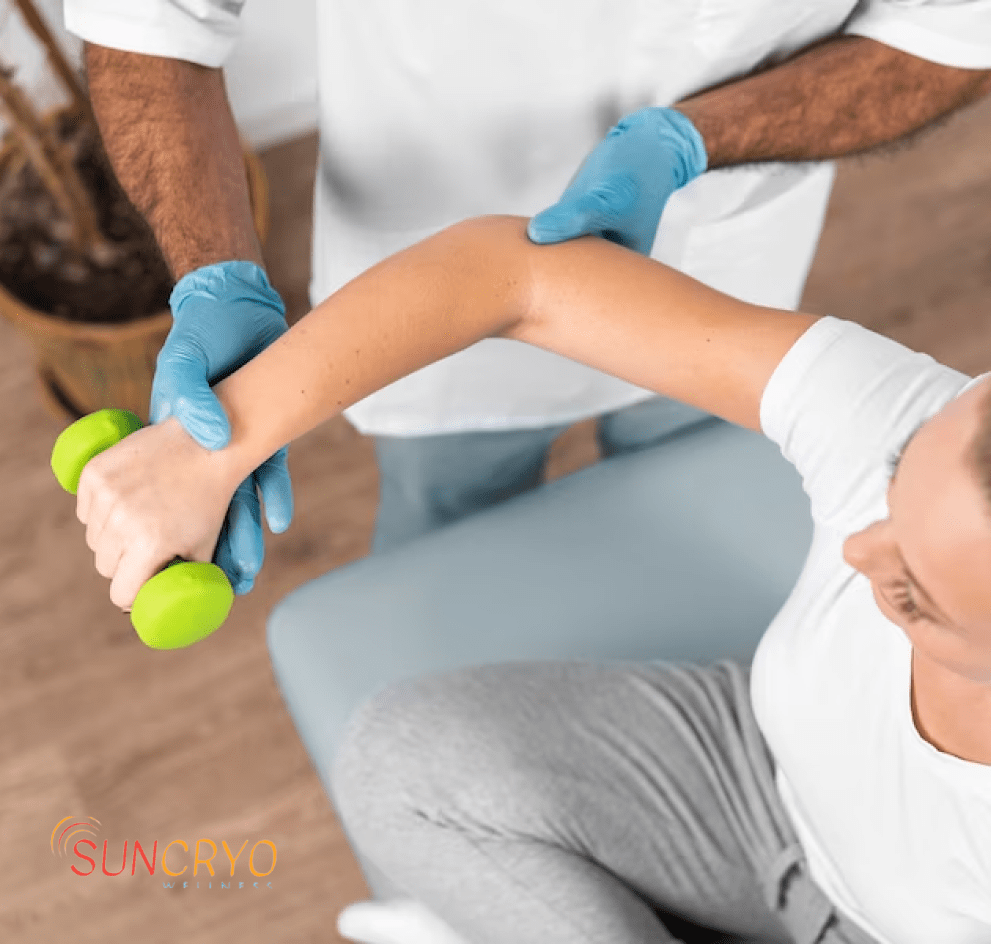Tendinopathy Treatment through Targeted Exercises

In the realm of musculoskeletal conditions, tendinopathy stands as a prevalent issue that often afflicts individuals across different age groups. Tendinopathy, a condition characterized by the degeneration of tendons, can lead to pain, decreased mobility, and even compromised quality of life. While there are various treatment modalities available, recent research suggests that exercise could potentially emerge as the most effective strategy for managing tendinopathy. In this comprehensive article, we delve into the world of tendinopathy, exploring the nuances of exercise-based treatments and their undeniable efficacy in promoting recovery and long-term well-being. https://georgetownsuncryo.com/
Understanding Tendinopathy: A Deeper Dive
Tendinopathy, commonly referred to as “tendonitis,” is a multifaceted condition that primarily affects tendons – the robust fibrous tissues responsible for connecting muscles to bones. This condition can occur in various parts of the body, such as the shoulders (rotator cuff tendinopathy), elbows (tennis elbow), knees (patellar tendinopathy), and Achilles tendons, among others. The onset of tendinopathy is often linked to overuse, improper biomechanics, or aging.
The Role of Exercise in Tendinopathy Treatment
Historically, tendinopathy treatment primarily focused on rest, immobilization, and anti-inflammatory medications. However, contemporary research has illuminated a paradigm shift towards exercise-based interventions. The rationale behind this shift lies in the understanding that targeted exercises not only stimulate tendon repair but also enhance tissue adaptation and overall strength.
Benefits of Exercise-Based Treatment
Promotion of Tendon Remodeling: Targeted exercises induce controlled stress on the affected tendons, triggering a positive adaptive response. This results in the restructuring of tendon tissue, leading to improved strength and function.
Improved Blood Circulation: Engaging in specific exercises increases blood flow to the affected area, facilitating the delivery of essential nutrients and growth factors necessary for healing.
Enhanced Muscular Support: Strong muscles play a pivotal role in supporting tendons. Exercise routines that focus on muscle strengthening can alleviate the load on tendons, aiding in their recovery.
Designing an Effective Exercise Regimen
Crafting a well-rounded exercise regimen tailored to tendinopathy involves a systematic approach that considers the specific affected area and the individual’s overall physical condition. Below is a general outline for designing an exercise regimen:
- Assessment and Diagnosis
Before embarking on any exercise program, it’s crucial to obtain an accurate diagnosis from a qualified healthcare professional. This ensures that the exercise regimen is personalized and aligns with the individual’s condition. - Eccentric Exercises
Eccentric exercises involve controlled lengthening of the affected tendon under load. These exercises have demonstrated significant success in promoting tendon healing. An example of an eccentric exercise for Achilles tendinopathy is the “heel drop” exercise:
3. Progressive Loading
Gradually increasing the intensity of exercises ensures that the tendons are exposed to incremental stress, promoting tissue adaptation without causing further damage. A well-structured loading progression could involve:
- Increasing resistance or weight incrementally
- Adjusting repetitions and sets as per individual tolerance
4. Incorporating Stretching and Mobility Exercises
Maintaining flexibility is essential for preventing recurrent tendinopathy. Gentle stretching and mobility exercises can be included to improve tissue extensibility and reduce stiffness.
5. Regular Monitoring and Adjustments
Tendinopathy treatment is not a one-size-fits-all approach. Regular follow-ups with healthcare professionals allow for continuous assessment and necessary adjustments to the exercise regimen.
Conclusion
In the landscape of tendinopathy treatment, exercise has emerged as a potent contender for promoting recovery, improving function, and restoring quality of life. By targeting the affected tendons with strategic exercises, individuals can embark on a journey towards healing and resilience. However, it’s imperative to remember that every case of tendinopathy is unique, warranting personalized attention and guidance from healthcare professionals. As the realm of sports medicine continues to evolve, exercise-based interventions shine brightly as a beacon of hope for those grappling with the challenges of tendinopathy.
Remember, embarking on any exercise regimen should be done under the guidance of a qualified healthcare professional to ensure safety and optimal outcomes.https://bjsm.bmj.com/content/47/9/536
